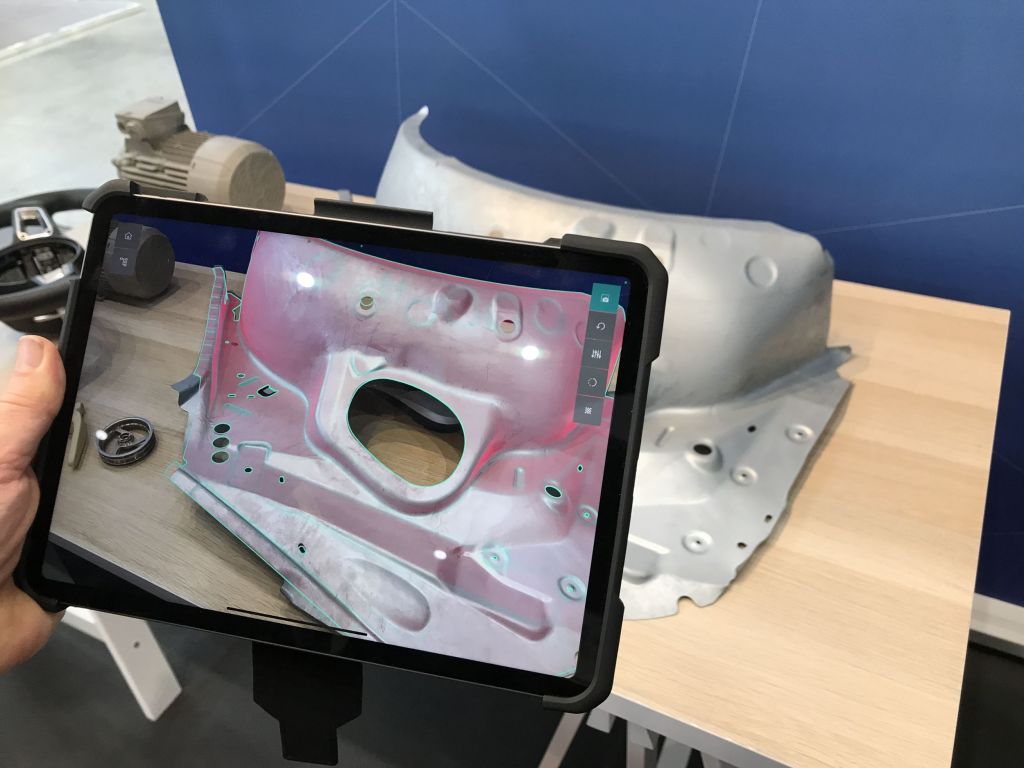
Recycling & Disposal
End-of-life concerns and a focus on sustainability are very high-level strategic considerations for many companies, particularly large consumer facing multinationals as their customer base becomes increasingly aware and concerned of environmental impacts. The entire topic of developing circular economies is important for the vision industry, as vision sensing is central to enabling may key applications, for example in automated sorting and recycling activities. Working with products during the recycling or disposal phase represents a very complex vision problem. Products are close to the end of their useful life, and can come in many different forms, conditions, and are very different from perfectly formed repeat parts created on a production line.
It is one of the successes of recent AI techniques to handle these types of unconstrained images and applications classes, where the very diverse nature of the target object can make traditional rule-based image processing complex. As an example of continued innovation in this segment, an interesting recent development project was undertaken by Pickit (www.pickit.com) in the UK together with the University of Deflt. The intent was to produce synthetic data to train AI models for waste handling, but also to include a physical simulation step where a physical dynamics engine is used to create realistic or feasible deformations of perfect CAD models prior to training a neural network. This is not a fully developed solution or widespread approach but does give an indication of how the combination of CAD models and physical simulation can be used to support sustainability much later in a product lifecycle.
Traceability & Identification
Across the entire digital thread two features are required to enable the concept: the ability to identity the part and have unified access to all data and information relating to the part, whether this be the original design, the inspections performed on the part, or the ultimate end-user or disposal instructions. Unique identification is also a primary means to ensure authentication of an object, which is of increasing importance to anti-counterfeiting and anti-tamper, for example approved spare parts and devices, or customer returns from ecommerce sites.
Vision tech has a long and successful history in the automatic identification most familiar in the datacode scanners provided by many companies in the vision sector. Beyond direct marking of parts with data codes and dot matrix patterns, several companies are exploring including additives directly within the manufacturing process to create a unique part ID. For example, Dust Identity (www.dustidentity.com), produce a polymer coating which contains many diamond nanocrystals each with a preferred orientation. The polymer is applied to a part, hardened, and creates a unique fingerprint from the orientations of the diamonds. A vision sensor is used to read the fingerprint, by capturing the optical signature across the area where the polymer was coated. Another additive approach to creating a unique fingerprint is from TruTags (www.trutags.com) who have developed microscopic silica particles each of which can be created with a specific microstructure. Each different microstructure reflects a different wavelength of light, so by creating mixtures of different particles a ‚color‘ fingerprint can be created. The technology was developed to be used directly within pills and drugs, and so used silica which is often used in the pharmaceutical industry.
Another approach is to use the inherent characteristics of a part itself to create a fingerprint. For example, companies such as Alitheon (www.alitheon.com) and DeTagTo (www.detagto.com) have developed identification technology that relies on the natural microstructure present in every object. By capturing an image of the microstructure of a surface and using sophisticated algorithms, a unique fingerprint can be generated which can then be used to uniquely identify the part. The algorithms used will typically use features from the whole image surface to create the ID, which provides a level of robustness to local surface defects such as scratches or oil stains. The general process will include a registration step, where the part is imaged and the unique ID is created and stored in a local or cloud data base. Later, at further points in a manufacturing cycle, or during the product lifecycle, an image of the same area can be captured, and the part of object be uniquely identified.
Conclusion
Although Vision tech is not the sole enabler of the digital lifecycle, it certainly clear that vision has an important role to play. There are many links between different phases of the digital product lifecycle which can be implemented using vision tech to provide value and benefits to end-users, as well as create new business concepts. At the same time, the strategic direction of increased digitalization across the product lifecycle is only likely to increase and provide a context which provides many opportunities for the vision industry.












